Language is constantly evolving, and in today’s digital age, the way we communicate has transformed in some truly surprising ways. It’s a full-blown modern language revolution.
Emojis, GIFs, and memes have become essential parts of our daily conversations, particularly in online spaces. But what does this mean for the future of language? Can these new forms of communication be considered legitimate? In this article, we’ll explore how digital symbols and internet culture are revolutionizing the way we use language—and whether they’ll stand the test of time.
The Rise of Emojis: Tiny Pictures with Big Impact
Emojis are everywhere. From social media to text messages, we use them to convey emotions, reactions, and ideas—often more quickly than we could with words alone. But can tiny pictures really replace words?
- Emojis as a Universal Language: Emojis transcend linguistic boundaries, allowing people from different countries and language backgrounds to communicate through a shared set of symbols.
- Expressing Emotion: Emojis provide a way to express emotions that words sometimes can’t capture. A simple smiley face can convey warmth and friendliness in a way that text alone might not.
- Enhancing Clarity: Emojis can add nuance to written language, helping to clarify intent. For example, a sarcastic message paired with a winking emoji is easier to understand than one without it.
Despite their popularity, emojis are often criticised for being overly simplistic. Are we sacrificing nuance and depth in language for the sake of convenience?
GIFs: Moving Images, Moving Meaning
If emojis are the silent symbols of digital communication, GIFs are their animated cousins. Short, looping video clips have become the go-to medium for expressing emotions, reactions, and humour. But do they qualify as a new language form?
- Instant Communication: GIFs are quick and effective at communicating feelings or situations in a way words often can’t. A simple reaction GIF can convey surprise, joy, frustration, or confusion.
- Pop Culture Influence: Many GIFs are rooted in pop culture, referencing movies, TV shows, and viral moments. This creates a shared language between people who are “in the know.”
- A Universal Language: Like emojis, GIFs are often used across language barriers. They allow people from different cultures to communicate and understand each other’s reactions in a global digital space.
While GIFs are fun and engaging, critics argue that relying on them too much could lead to the erosion of proper language skills. Can we really express complex ideas through looping 3-second clips?
Memes: The Power of Shared Context
Memes are a unique form of digital communication—often humorous, sometimes controversial, and always evolving. A meme is more than just a funny picture; it’s a cultural comment that spreads rapidly through the internet, often reflecting societal trends and issues.
- Cultural Commentary: Memes often reflect the mood of society, offering insight into current events, popular culture, and the collective consciousness of the internet.
- Viral Spread: Memes spread like wildfire. They are shared, remixed, and reinterpreted by countless people, creating a form of communication that evolves with each iteration.
- Language and Identity: Memes have created new forms of language that reflect the personalities and interests of the online generation. “Dank memes” and internet slang have become as important to digital culture as any spoken or written language.
But do memes have staying power, or are they just a passing phase in the digital landscape?
The Pros and Cons of the Modern Language Revolution
Like any form of communication, digital language and the modern language revolution as a while has its upsides and downsides.
- Pros:
- Faster Communication: Emojis, GIFs, and memes allow us to express ideas quickly and efficiently, often saving us from typing out long explanations.
- Creative Expression: These digital languages encourage creativity, allowing users to engage with language in new, unexpected ways.
- Inclusivity: Emojis, GIFs, and memes can create a sense of community and belonging in online spaces, where people from different cultures and backgrounds can share common references and experiences.
- Cons:
- Lack of Depth: Digital symbols often lack the nuance and depth of verbal or written language. Complex thoughts or emotions may be oversimplified or misunderstood.
- Over-simplification: Relying on digital symbols too much could lead to a reduction in the use of full, meaningful language.
- Exclusion: Not everyone is familiar with the references in memes or understands the meaning behind certain emojis, potentially leading to miscommunication.
Will Emojis, GIFs, and Memes Replace Language?
While emojis, GIFs, and memes are a huge part of modern communication, they are unlikely to replace traditional language entirely. Instead, they will continue to coexist with written and spoken words, complementing them and enriching our communication in unique ways.
These digital symbols reflect how language is evolving to keep up with the fast-paced, visual, and social world we live in. As technology continues to shape how we interact, it’s clear that language will keep adapting to meet our needs—whether that’s through emojis, memes, or something entirely new.
Wrapping Up on the Modern Language Revolution
The digital age has brought about an exciting linguistic revolution. Emojis, GIFs, and memes are changing the way we communicate, offering new ways to express ourselves and connect with others. While these digital forms of communication may never fully replace traditional language, they are shaping the future of how we express thoughts, emotions, and ideas. So, next time you send a thumbs-up emoji or share a funny meme, remember—you’re participating in the ongoing evolution of language!

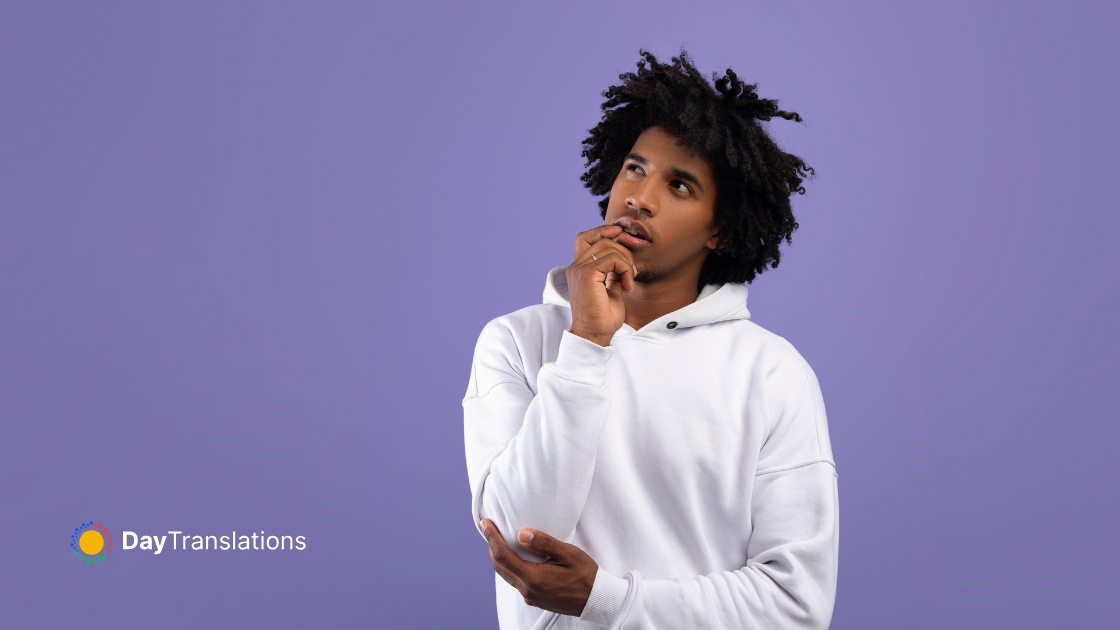
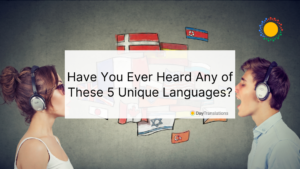
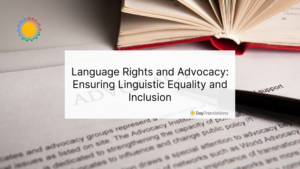
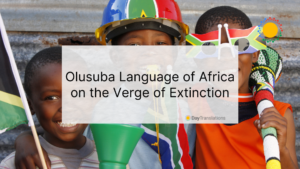
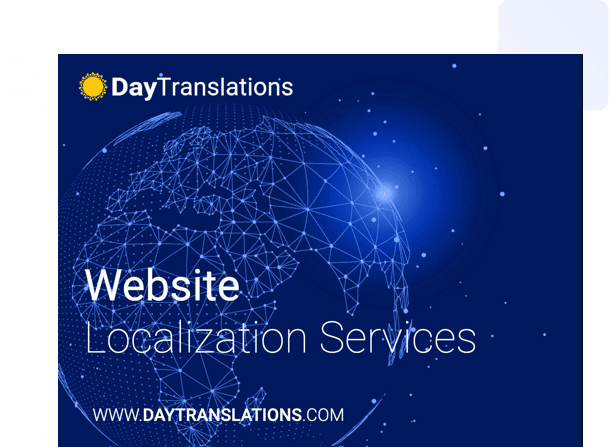






Sorry, the comment form is closed at this time.